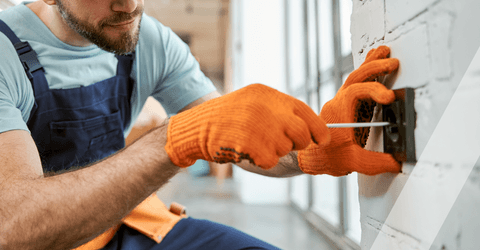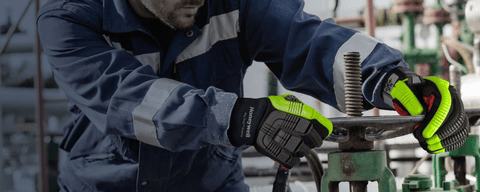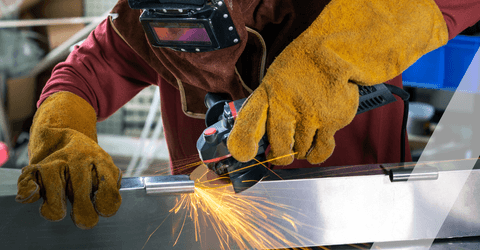Know your standards?
Make sure you're up to date and in the know about the evolution of safety glove standards and what to consider when choosing safety gloves.

Our knowledge and expertise ensure your gloves meet and exceed the performance levels you require.
Our hands are one of the most important tools in the workplace. But they’re also one of the most vulnerable to injury. Accidents at work that cause hand and finger injuries account for more than 25% of all accidents. We’ll help you find the most suitable hand protection PPE solutions to keep them safe.

Hands often require the most protection in the workplace, but they’re regularly overlooked. This costs businesses and individuals time and loss of earnings. Gloves can provide resistance to cuts, abrasions, chemicals, and tears, with specialist gloves that offer industry specific benefits.
There is also the risk of skin absorption of harmful substances, chemical or thermal burns, electrical hazards, bruises, abrasions, cuts, punctures, and fractures. These are all potential hazards to the hands and arms, which gloves, finger guards, and arm coverings can help protect against.
Make sure you're up to date and in the know about the evolution of safety glove standards and what to consider when choosing safety gloves.

The kind of PPE glove to choose will depend on the operation and the type of risk involved. Choosing the proper pair of gloves is a challenge because of the wide range of possible occupational hand injuries. But PPE gloves normally fit into several key groups:
These are typically used in hospitals or laboratories, these gloves protect against biohazards, chemicals, solvents, and other such dangerous substances.
These gloves are designed to help deflect sharp objects to resist cuts or punctures to the skin of the user. Metal mesh gloves can also protect against cutting and sliding.
Used to protect against dirt, dust and abrasions, and the most popular style for routine tasks. They provide a thin, light fabric covering with minimal protection.

• Pinch points - Pinch point hazards are when any part of the hand or fingers are caught or ‘pinched’ between two objects.
• Sharp objects - Throughout many working environments there are multiple sharp tools, blades and surfaces that create hazards for workers.
• Extreme cold - A hazard when working outdoors in harsh conditions, cold facilities, freezers, and places with poor insulation. Risks include frostbite or other permanent tissue damage.
• Chemical - Multiple industries contain chemicals that are handled daily. These chemicals are prone to causing burns, irritation, and other injuries.
We have a comprehensive range of hand protection PPE that includes...
• Sizes 6-12, suitable for most male and female hands
• Kevlar gauntlets
• Gloves with dexterity at low temperatures, a thermal lining and close fit
• PVC gauntlet range with a high chemical tolerance
• Food safety gloves
• Hypoallergenic and powder free latex gloves
• Brands including Ansell, Globus, KCL, Traffi-glove, UVEX and our own signature range, WorkBear